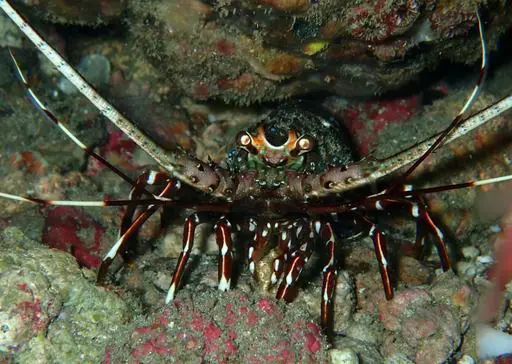On February 18th at 8 p.m., the National Geographic channel premieres the documentary “OSA: Explorando el Corcovado Azul”, a documentary that explores the wonders and values of marine habitats and biodiversity of the southern coast of Costa Rica. This marine ecosystem is a crucial habitat for key species such as sea turtles, hammerhead sharks, humpback whales, and spinner dolphins.
The National Geographic Pristine Seas film team together with Costa Rican researchers published these findings to highlight the importance of protecting these marine habitats to ensure the continuity of the Costa Rican South Pacific`s rich biodiversity.
The abundant wealth of marine life that inhabits off the coast and in the waters of Corcovado National Park and in the Osa Peninsula of Costa Rica will be shown to the world starting Saturday February 18, in the National Geographic channel, with an extensive documentary titled: “OSA: Exploring the Blue Corcovado”.

This audiovisual will show the marine habitats and breeding sanctuaries of a variety of species of sharks, rays, turtles, whales and dolphins, as well as other key commercial species that will promote the blue economy and sustainable development of this renowned conservation area. Currently, the Corcovado National Park is a recognized international tourist destination, protecting more than 40,000 terrestrial and marine hectares.
National Geographic Pristine Seas initiative
The production of this feature film was carried out by National Geographic Pristine and is the result of a 4-week expedition carried out by the National Geographic team in 2019. The team of local marine scientists and experts, including scientists from the University of Costa Rica and the support of OSA Conservation, all aware of the importance of preserving a unique habitat on the planet.
“We have seen it in hundreds of marine reserves around the world. When an area is protected, marine life recovers spectacularly,” said Dr. Enric Sala, director of the National Geographic Pristine Seas initiative. “Not only is marine life protected, but also, In addition, local communities benefit, with better jobs, with higher income through ecotourism” added the expert.
One of the most intense, biologically speaking areas of the world
“From the Costa Rican Tourism Institute we are pleased to report the premiere of the documentary OSA. Exploring the Blue Corcovado, produced by National Geographic Pristine Seas. This audiovisual explores and demonstrates the wonders of the rich marine ecosystems of the South Pacific of Costa Rica, home to sea turtles, hammerhead sharks, humpback whales, spinner dolphins and thousands of other species and defined by National Geographic itself as one of the most intense, biologically speaking areas of the world that protects almost 3% of all the species of flora and fauna on the planet”, expressed Alberto López, General Manager of the ICT.
Surprising marine fauna
Flooded with a unique marine biological wealth, the waters off the coast of Corcovado are part of a corridor of Marine Protected Areas that encompass the Isla del Coco National Park, the Galapagos Marine Reserve, the Coiba National Park and the Fauna and Flora Sanctuary. “Here, a much larger area should be created, an area that connects the Osa Peninsula,” says Dr. Jorge Cortés, a researcher at the Marine Sciences Research Center.
The expansion proposal of the Corcovado Marine Protected Area covers a strategic area necessary to guarantee connectivity between key marine-coastal ecosystems in the fight against climate change, such as mangroves. It will also protect a critical marine corridor for the conservation of species such as sea turtles, hammerhead sharks, humpback whales and other threatened marine megafauna.
“Costa Rica faces an opportunity to expand its environmental leadership to another level with the conservation of this marine area. “The conservation of the ecosystems and biodiversity of the marine zone of Corcovado would generate fundamental benefits not only in the environmental field, but also in social well-being and sustainable development,” state the experts.

